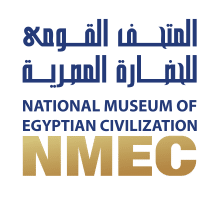

The human remains lab is responsible for scientifically studying ancient skeletal and mummified human remains. Human remains studies are integral as it increases our knowledge of the past of humans and their spread around the world. It enables the researchers to comprehend the external differences between populations. By studying human remains scholars are able to predict, analyze, and critically assess the different aspects of human life, including their health conditions, their habits, the types of ancient diseases, and much other information.
Using physical anthropology techniques on the ancient skeletons and mummified human remains gives us information about people’s lives such as where they came from, their sex and age at death, and the cause of death. The age of remains used to establish the percentage of old people, mature adults, youth, and children found in burial sites. These numbers are used to calculate infant mortality rates and average life expectancy, and health in ancient societies. This provided a good opportunity to research family relations and the work that the family members did and giving us a better understanding of past life and how people interact with their environment.
By studying the bones of several ancient skeletons we can improve our understanding of population nutrition, parasites that have infected humans, and diseases in past centuries. This provides us with insight into the spread and origin of diseases that have affected humans for centuries. Moreover, this promotes a better understanding of the medicine and health of previous generations and societies and gives answers to some of the medical questions of our time. Thus, helping in developing medications.
The research focus of this lab is twofold, first: paleo-anthropological studies based on the research work with skeletal and mummified human remains using advanced paleo-pathological and paleo-radiological noninvasive methods. Second: a biochemical analysis using wet-chemical applications and microscopy.
